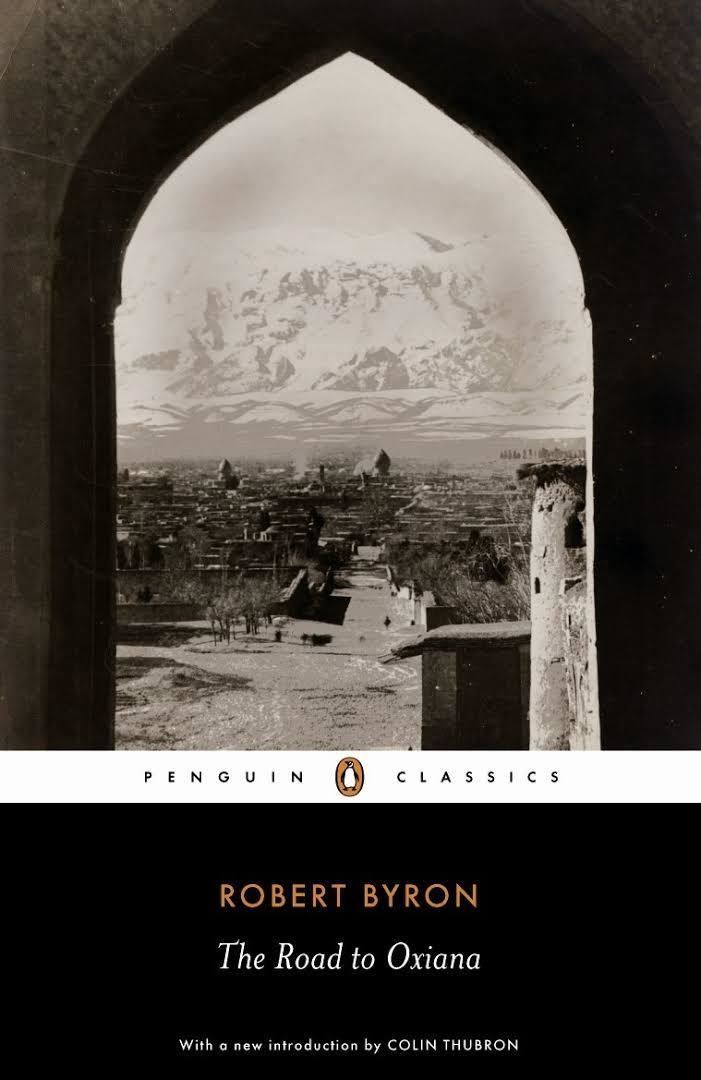7.8 /10 1 Votes7.8
Originally published 1937 Genre Travel | 3.9/5 Goodreads | |||||||||||||||||||||||||||||||||
 | ||||||||||||||||||||||||||||||||||
Similar Robert Byron books, Asia books, Travel books | ||||||||||||||||||||||||||||||||||
The Road to Oxiana is a travelogue by Robert Byron, first published in 1937. It is considered by many modern travel writers to be the first example of great travel writing. The word "Oxiana" in the title refers to the region along Afghanistan's northern border.
The book is an account of Byron's ten-month journey to the Middle East in 1933–34, initially in the company of Christopher Sykes. It is in the form of a diary with the first entry "Venice, 20 August 1933" after which Byron travelled by ship to the island of Cyprus and then on to the then countries of Palestine, Syria, Iraq, Persia and Afghanistan. The journey ended in Peshawar, India (now part of Pakistan) on 19 June 1934, from where he returned to England.
The primary purpose of the journey was to visit the region's architectural treasures of which Byron had an extensive knowledge, as evidenced by his observations along the way. For example, he says of the Mosque of Sheikh Lutfullah, now listed as a World Heritage Site by UNESCO:
Byron interacted with the locals and negotiated transport, including motor vehicles, horses and asses to carry him on his journey. He encountered heat, cold, hunger and thirst and suffered the inconvenience of bugs, fleas, lice and physical illness.
Writer Paul Fussell wrote that The Road to Oxiana is to the travel book what "Ulysses is to the novel between the wars, and what The Waste Land is to poetry."
Travel writer Bruce Chatwin in his introduction to the book has described it as "a sacred text, beyond criticism," and carried his copy since he was fifteen years old, "spineless and floodstained" after four journeys through central Asia.
